I Have Hearing Loss. Going Mask-Optional Opened Up Cherished Classroom Sounds
With hope that everyone remains healthy, I’m enjoying every detail of students’ voices
Carl Corry meets with his Introduction to Multimedia Journalism class on Tuesday, March 8, 2022. Corry, who suffers from permanent hearing loss in both ears, has taught at Suffolk since 2017.
March 7, 2022
After months of wearing a mask in class and seeing many friends and family members get hit with the omnicron variant, I was skeptical of the move to go mask optional. But so far, as someone who suffers from hearing loss, what a relief it has been.
Until Covid hit and mask mandates were implemented, I didn’t really know how much I depended on lip reading. It seems I was the last one to catch on.
For years, my wife and two daughters, who insisted that I couldn’t pick up what they were saying, urged me to get a hearing test. Initial quick tests suggested nothing was wrong. But increasingly I recognized problems — straining to hear people talk, especially anyone wearing a mask. Crowded places made it worse.
With my first-in person classes planned for last fall, I relented and went to an ear, nose and throat specialist. I was given a hearing test in a soundproof booth.
I thought I did just fine, until I spoke with a straightforward audiologist.
“Please take a seat, Mr. Corry,” she said. (Positive news is never delivered starting out this way.) “You have significant hearing loss in both ears.”
I had a feeling going in that day there was a problem. But hearing her say it was a bigger blow than I expected. Suddenly, I began recognizing all the things that I really didn’t hear — all the small details in a daily routine. High pitches, in particular, are out of my spectrum. And I have tinnitus, a constant ringing in both ears.
My condition is called sensorineural hearing loss — the most common type of hearing loss, according to John’s Hopkins Medicine. It’s permanent and affects the inner part of the ear, usually with people as they age. I’m pretty young to be hit with it, my audiologist told me.
I was asked if I was exposed to explosions or loud noises. None that I was aware of. And no one else in my family has hearing loss. So the cause is still a mystery, but I was most concerned about returning to the classroom and not being able to pick up students’ questions. In the prior year or so, we met over Zoom or simply by email, so the issue was not as big of a concern.
According to the National Center for Health Statistics, there are about 37 million deaf and hard of hearing people in the United States. About one in 10 live with some degree of hearing loss and over 2.2 million are considered deaf.
To prepare for in-person classes, I got hearing aids, which, for the most part, are hidden behind my ears. They help to an extent — I even have a “classroom” setting — but deciphering multiple voices can be a challenge and masks are still a barrier.
Anyone who chooses to wear a mask should not be pressured to remove it. In some cases, people have medical conditions that require it.
I hope everyone stays healthy and safe and we can move to some semblance of normalcy. For now, I’m enjoying the new sounds from students — including some I’ve been teaching for nearly two years.
Carl Corry is an English instructor who has taught journalism at Suffolk since 2017. He has served in professional newsrooms for 25 years, including at Newsday and News 12.
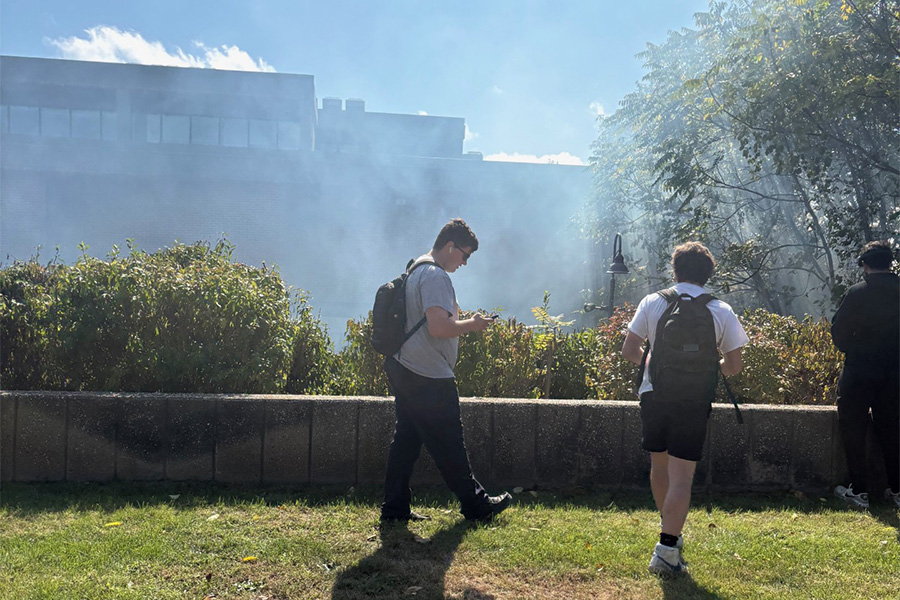
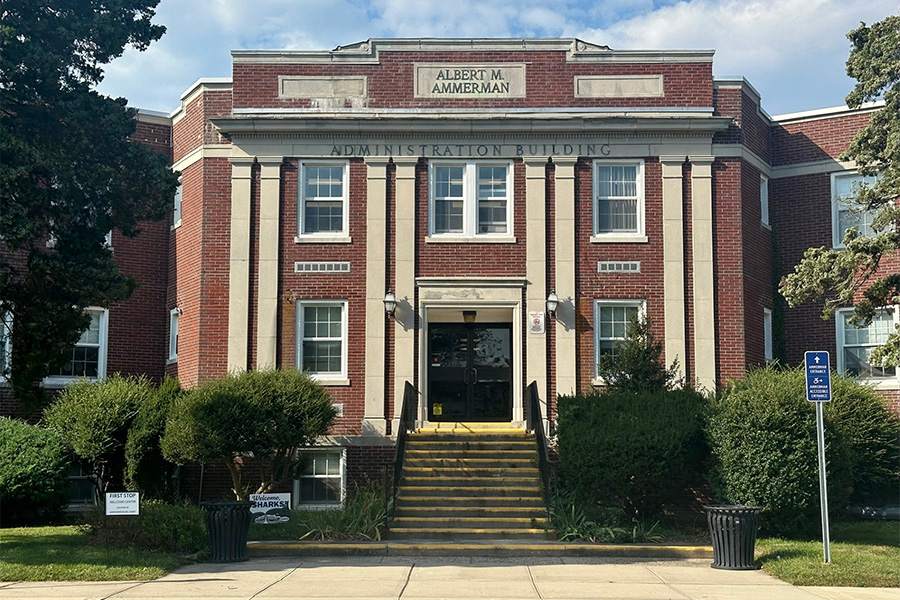
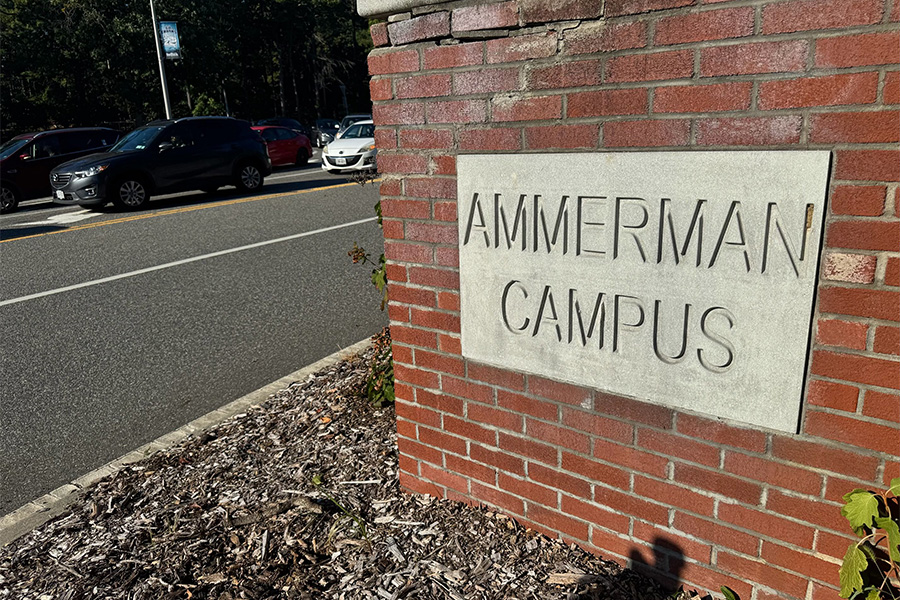

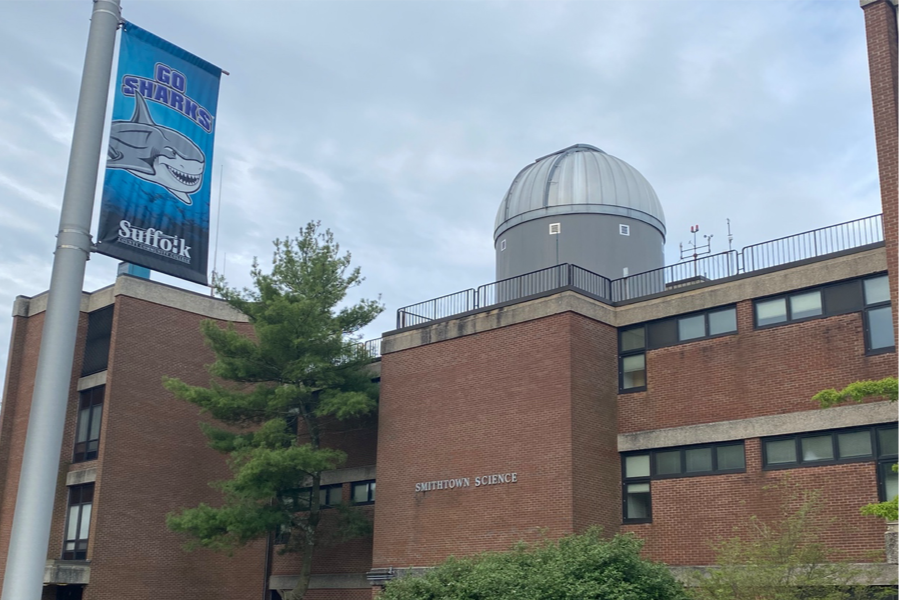
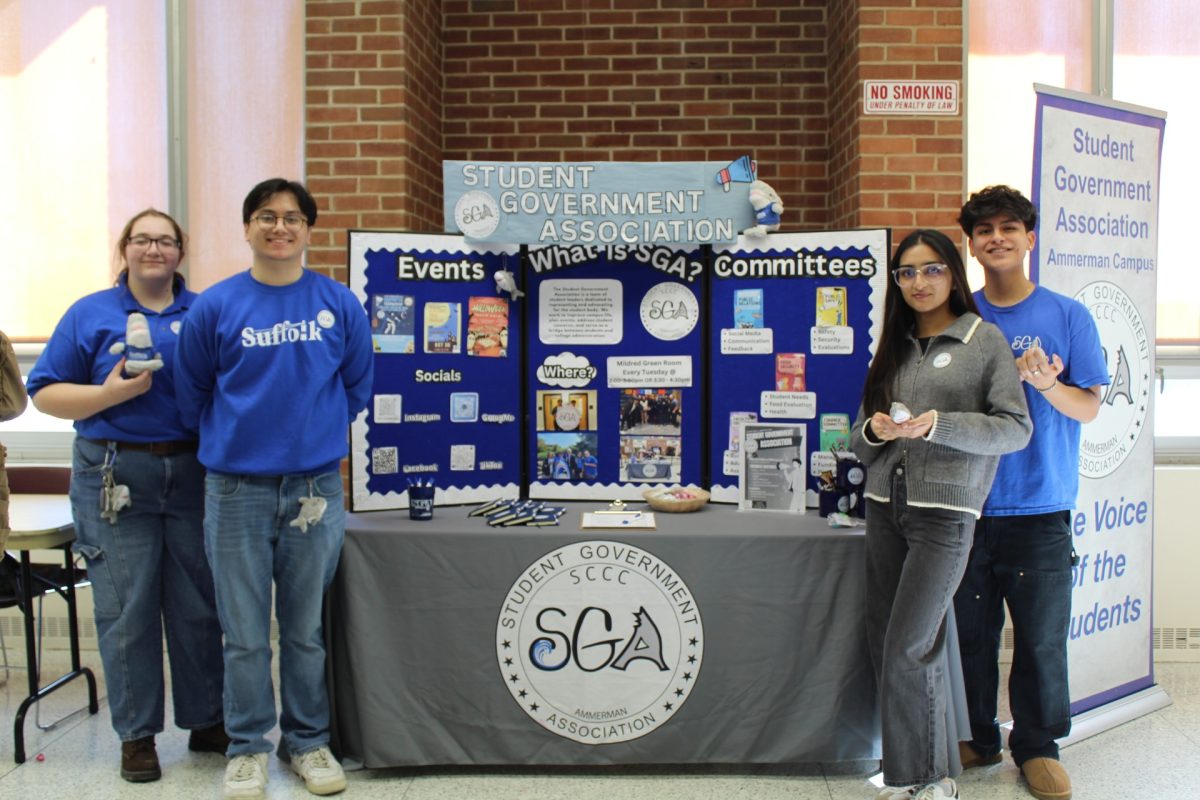
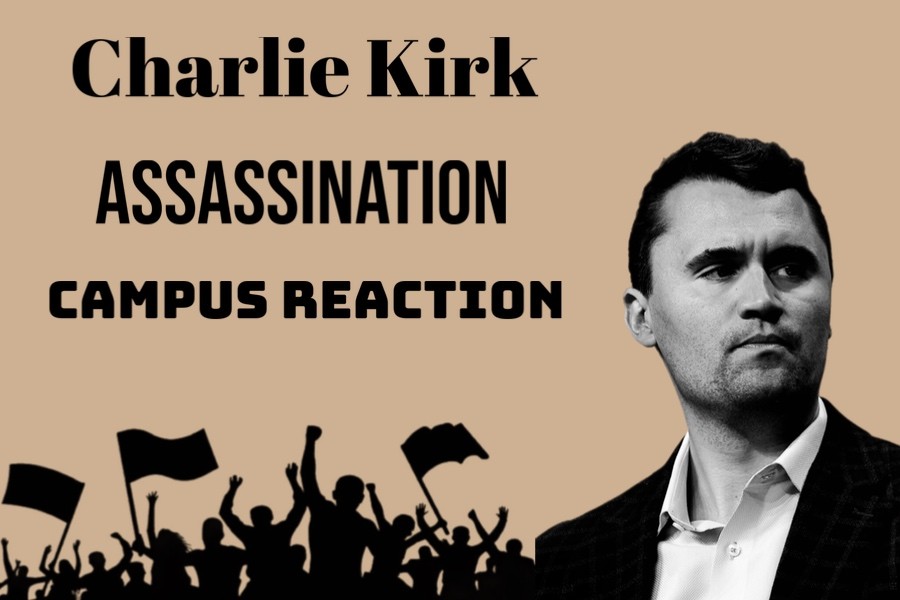
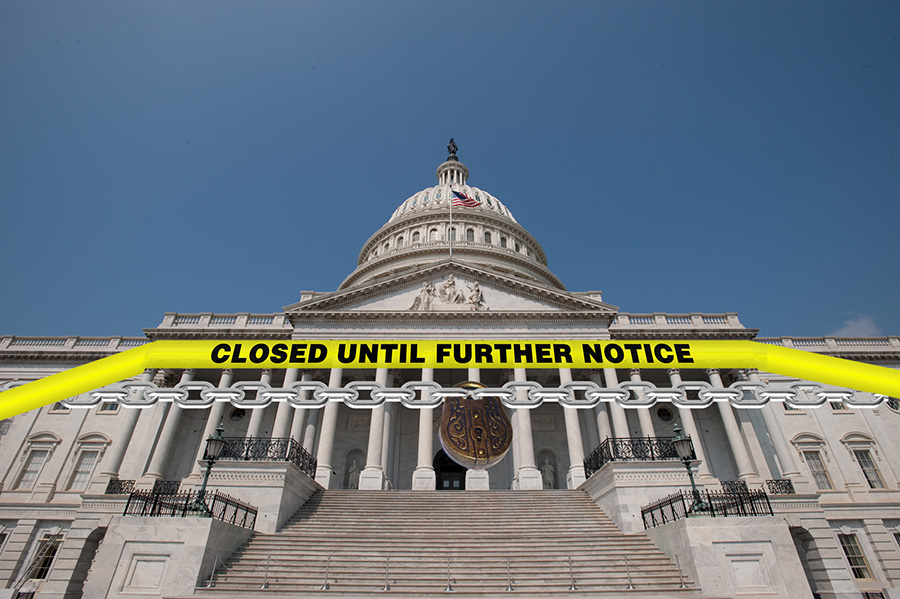
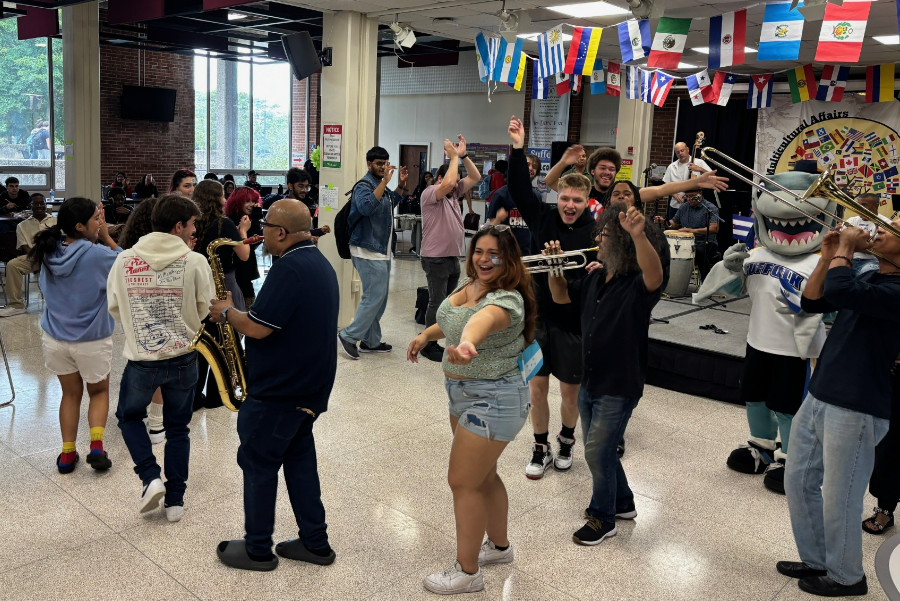
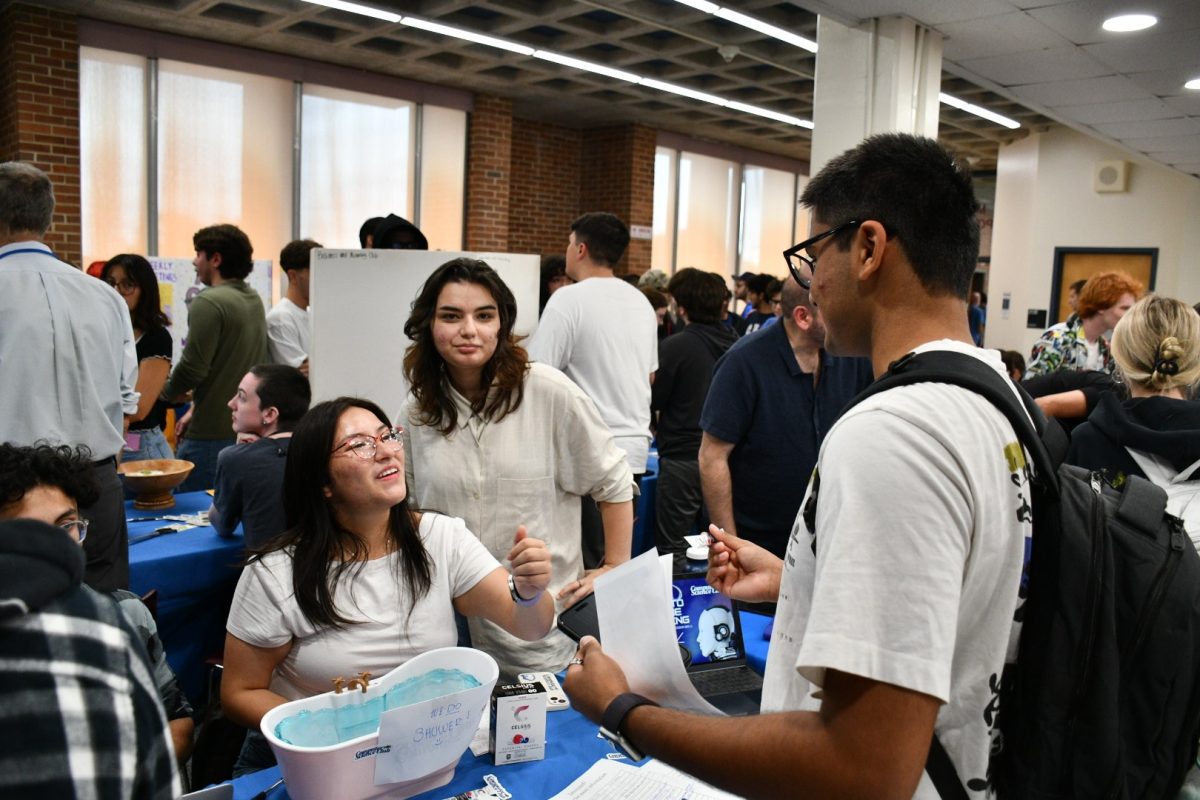




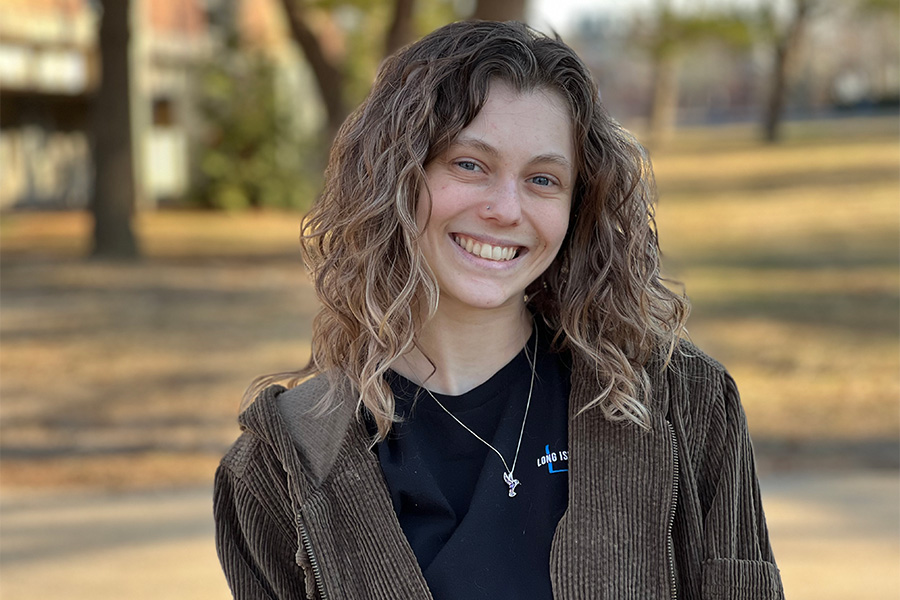
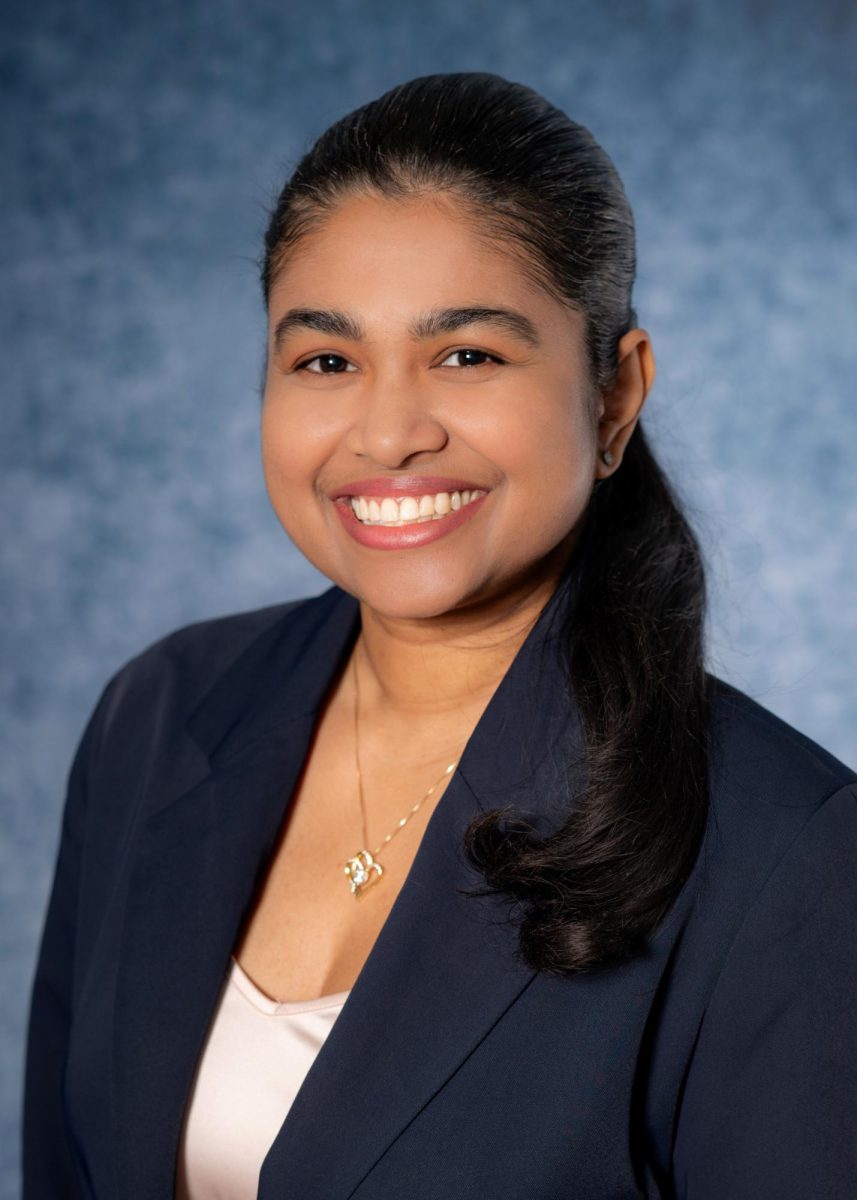
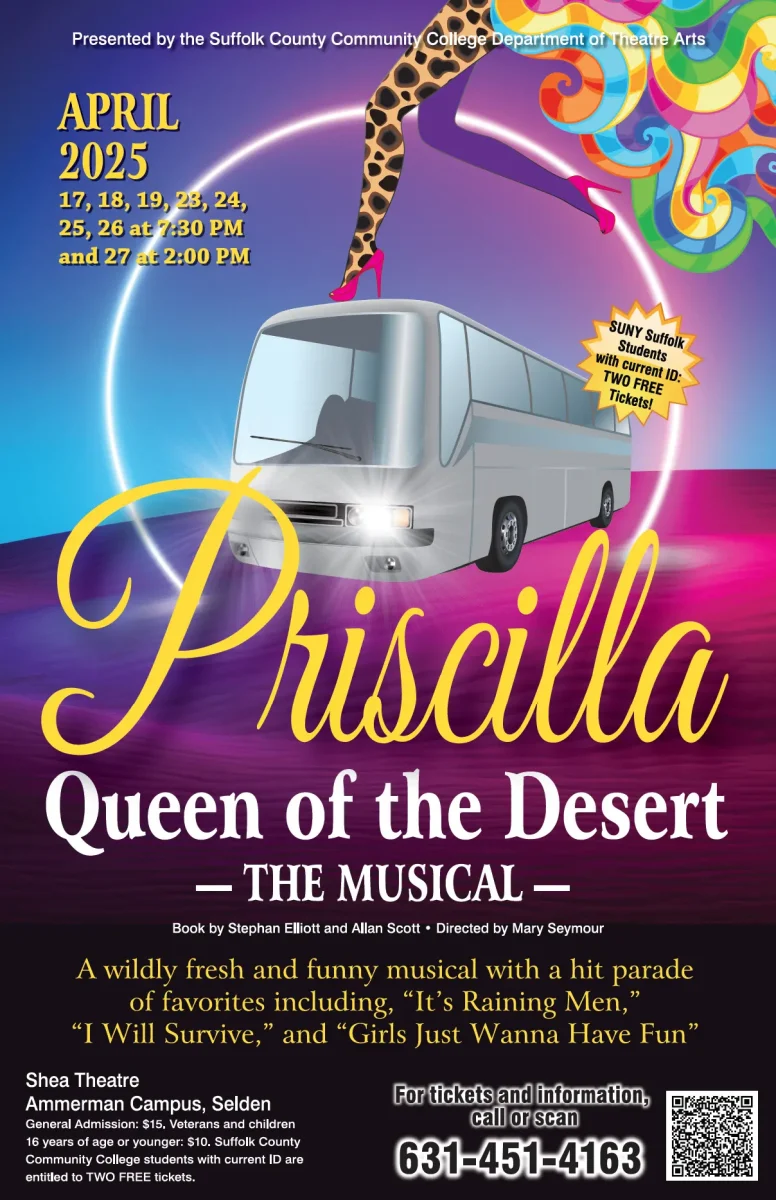

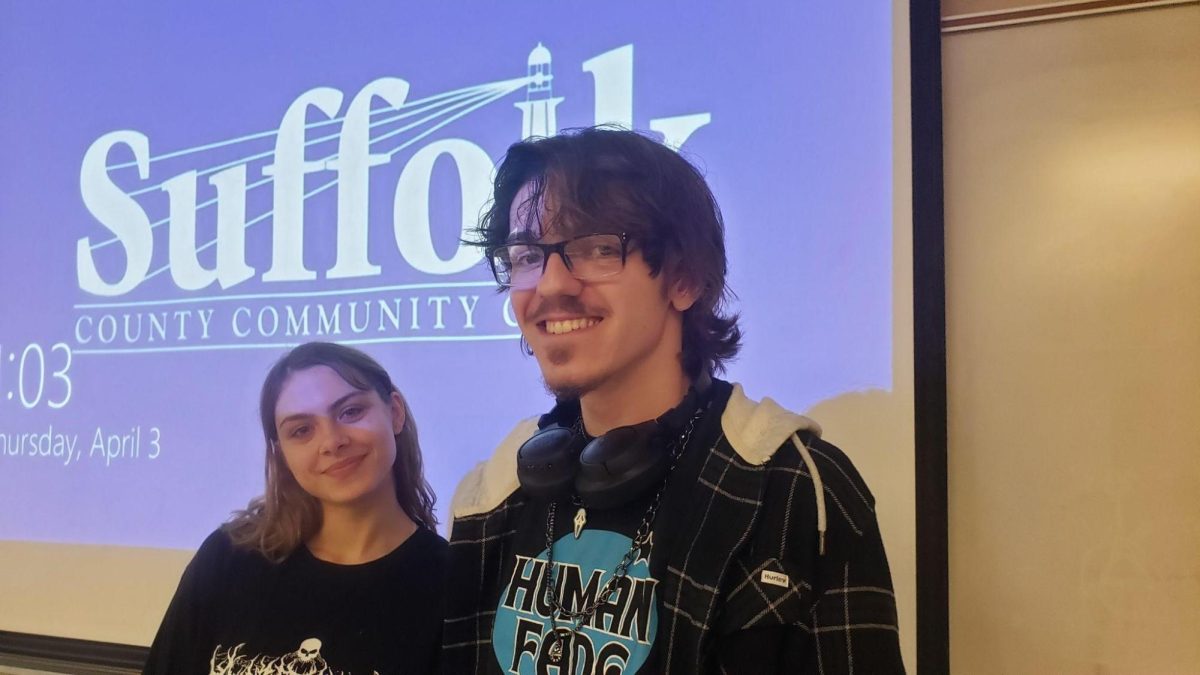

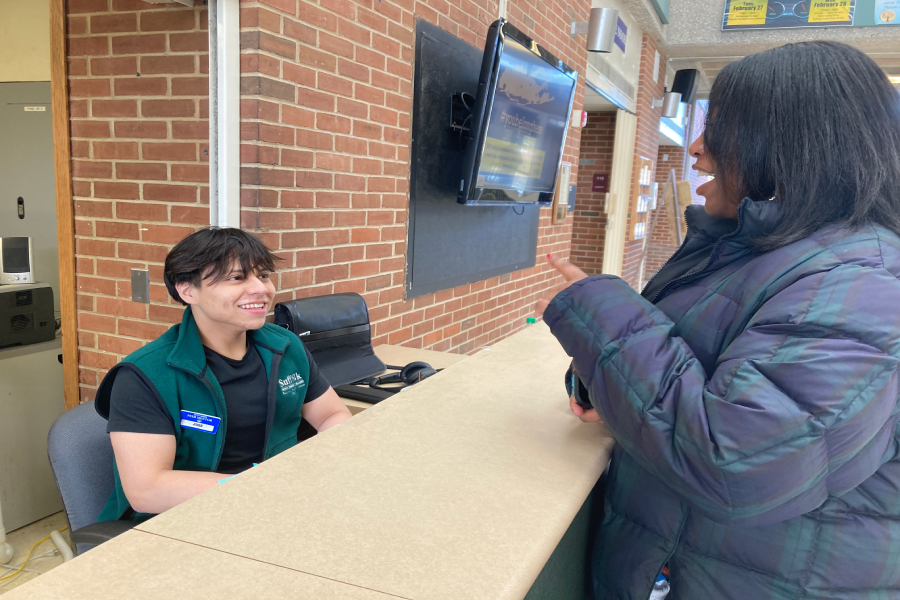
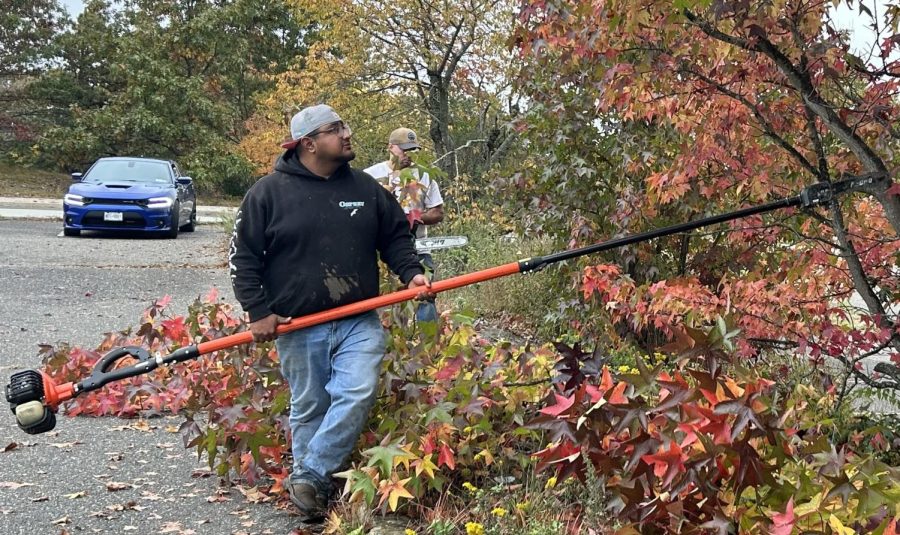

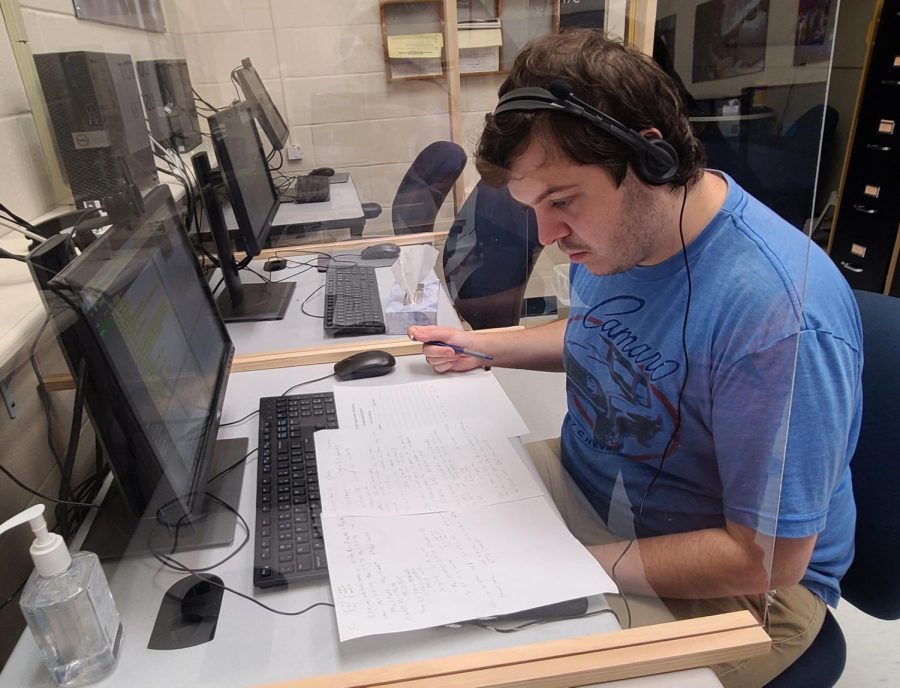
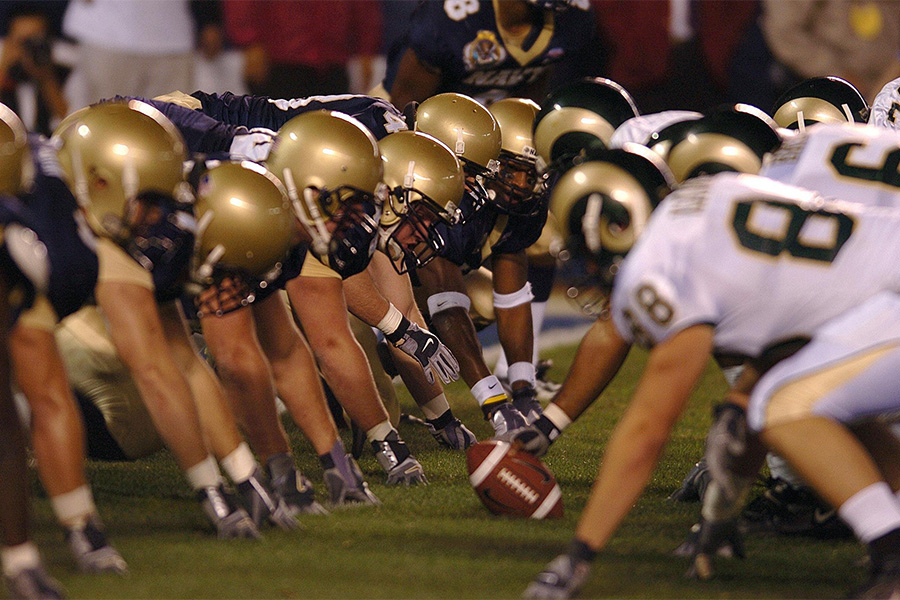
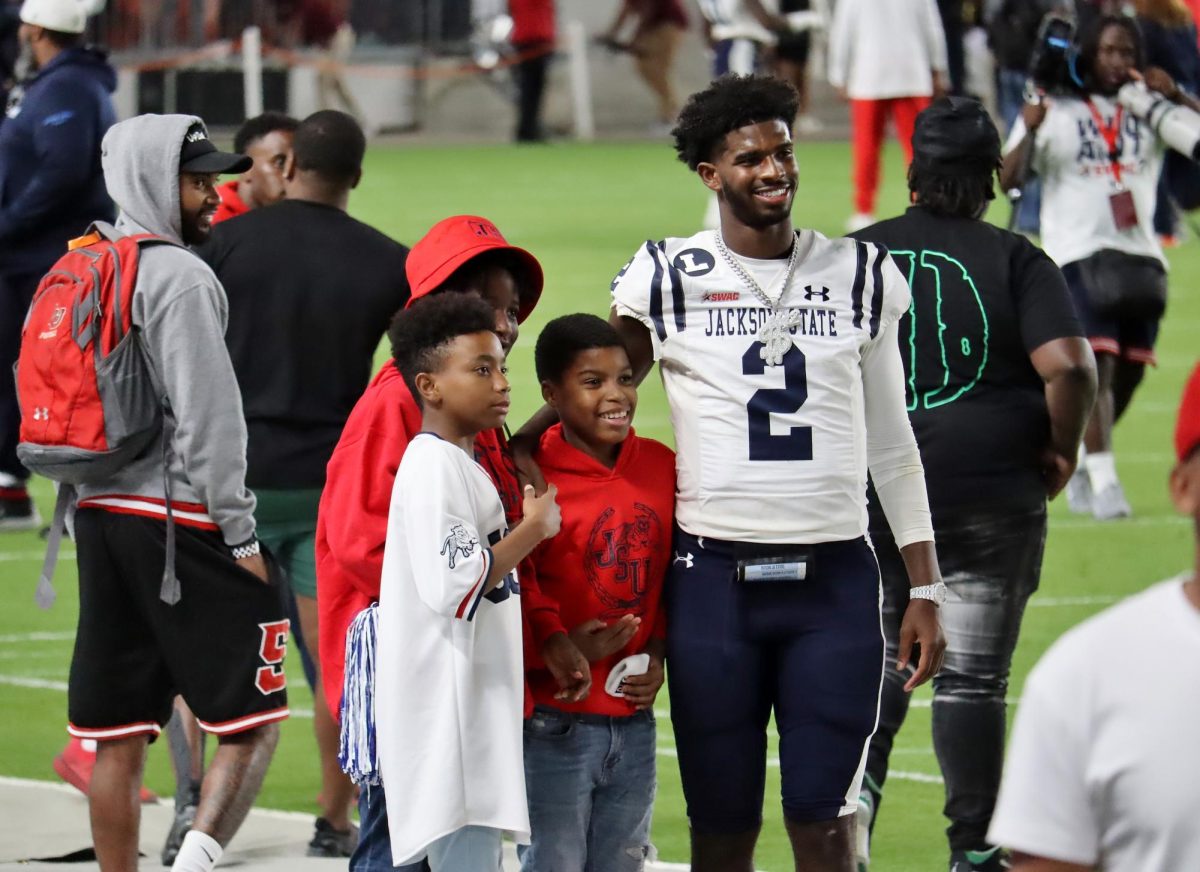

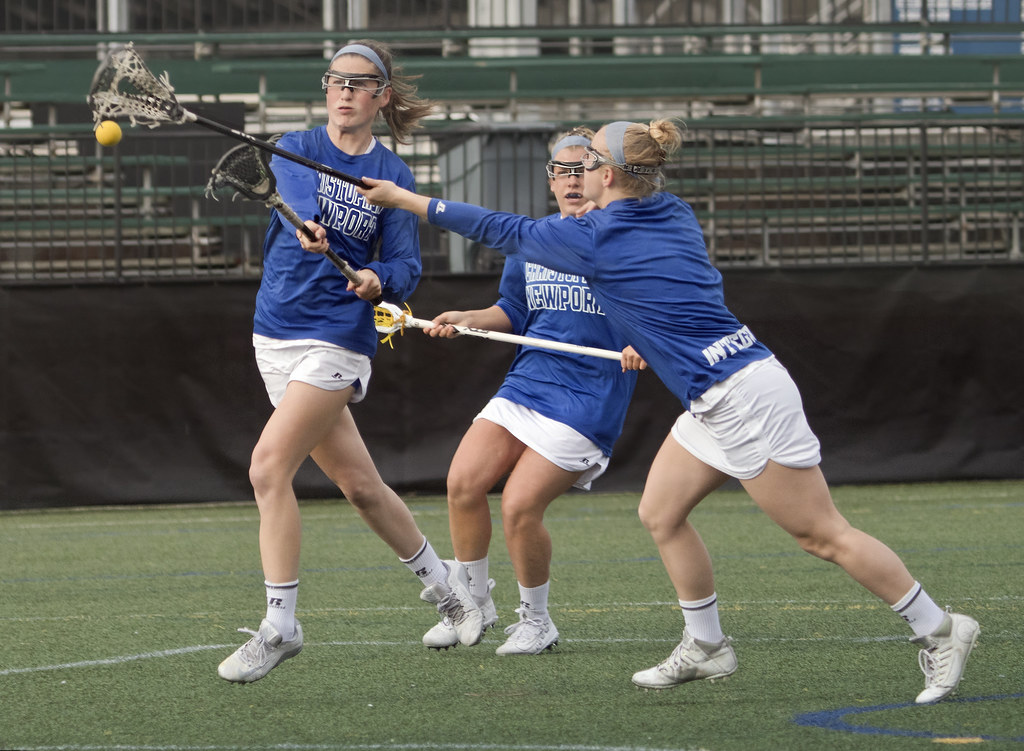
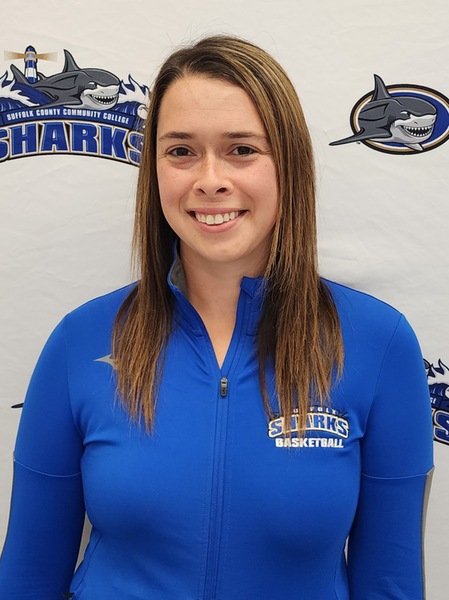







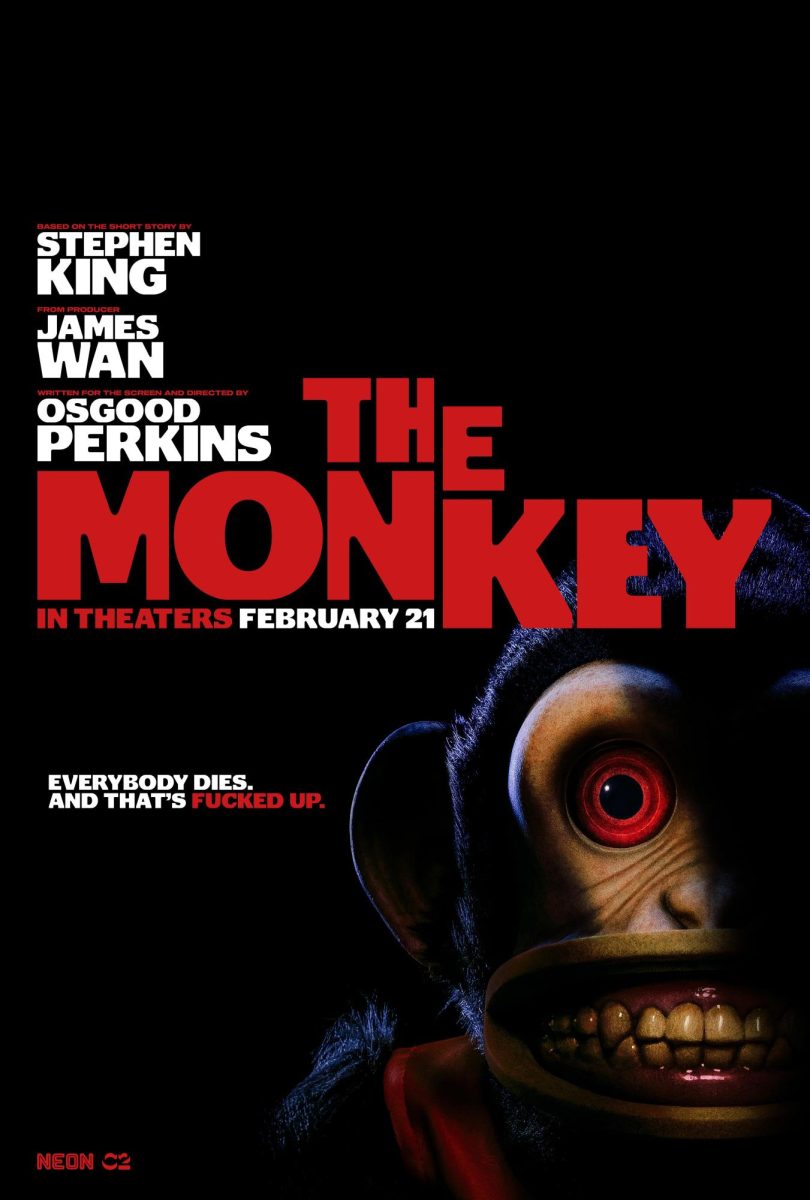



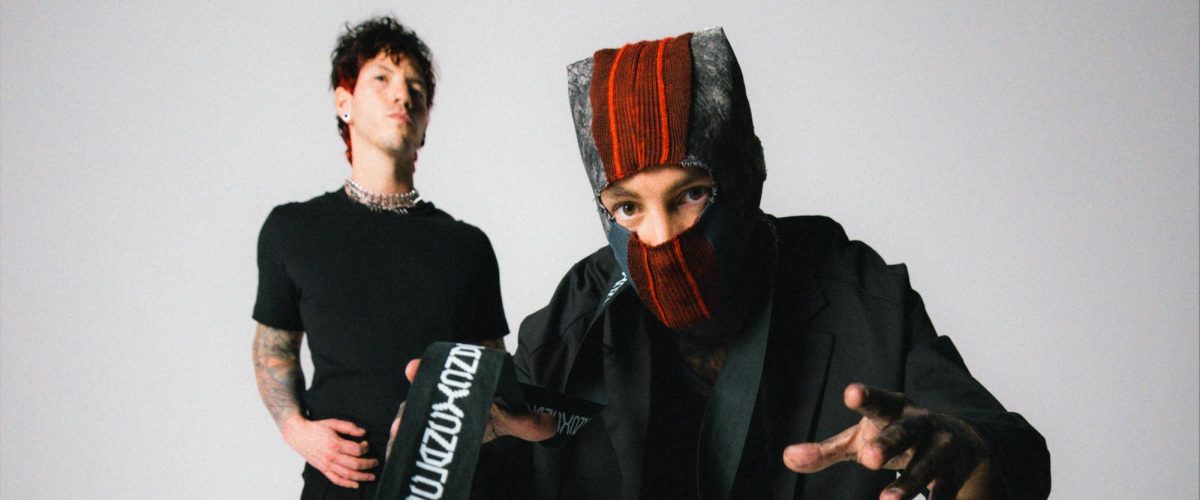

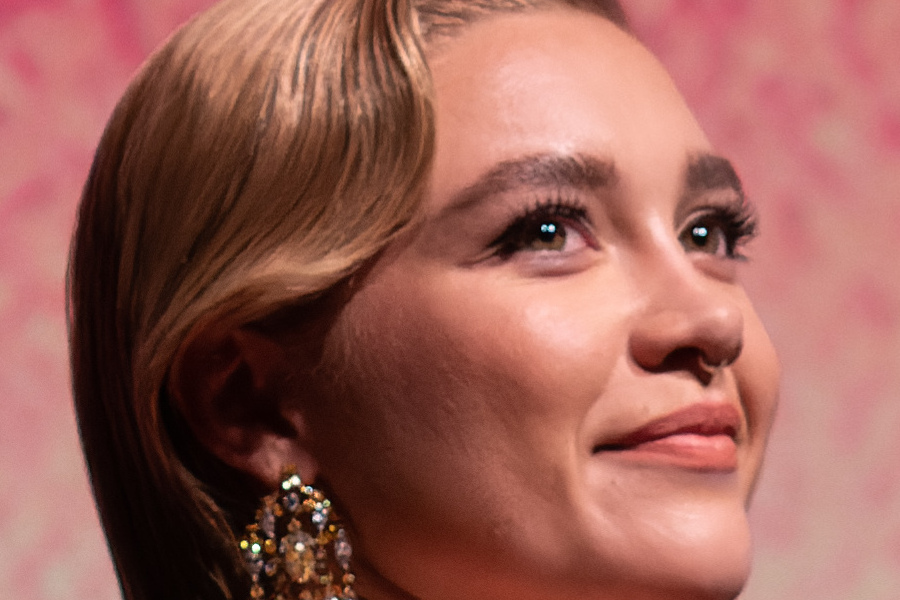



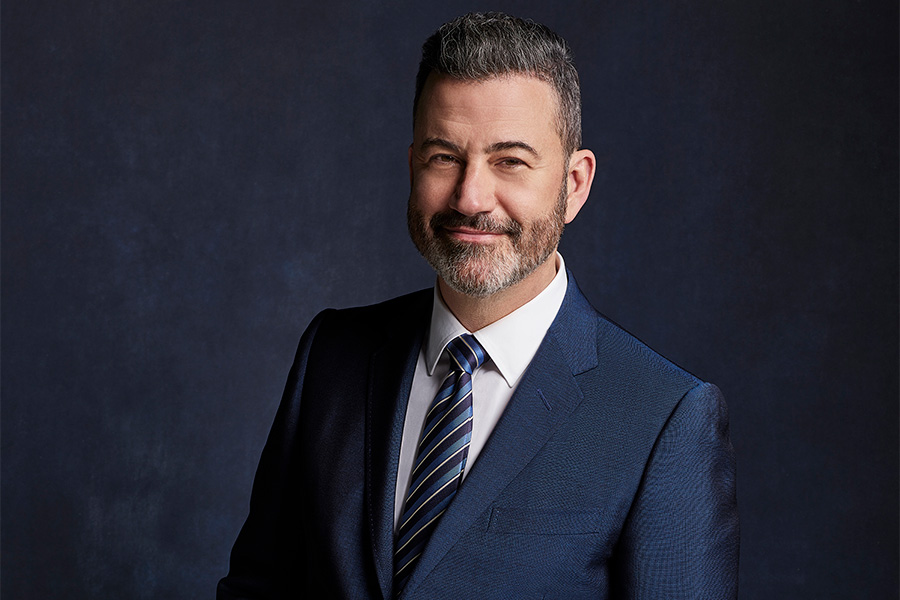


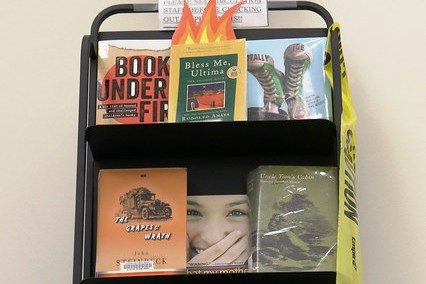


Veruca Fortner • Mar 30, 2025 at 12:31 pm
I like the writing it is a good article.
Mary Occhino • Mar 8, 2022 at 6:04 pm
What a wonderful article!